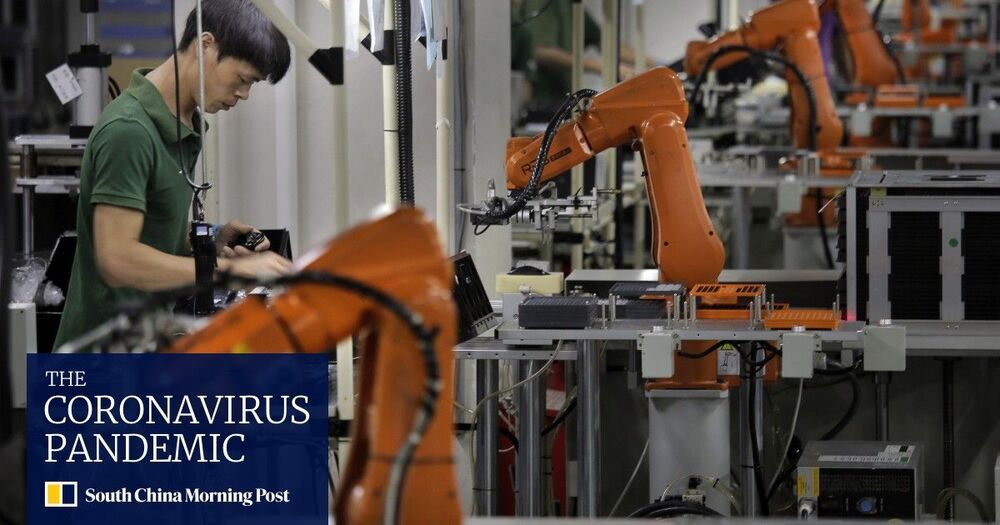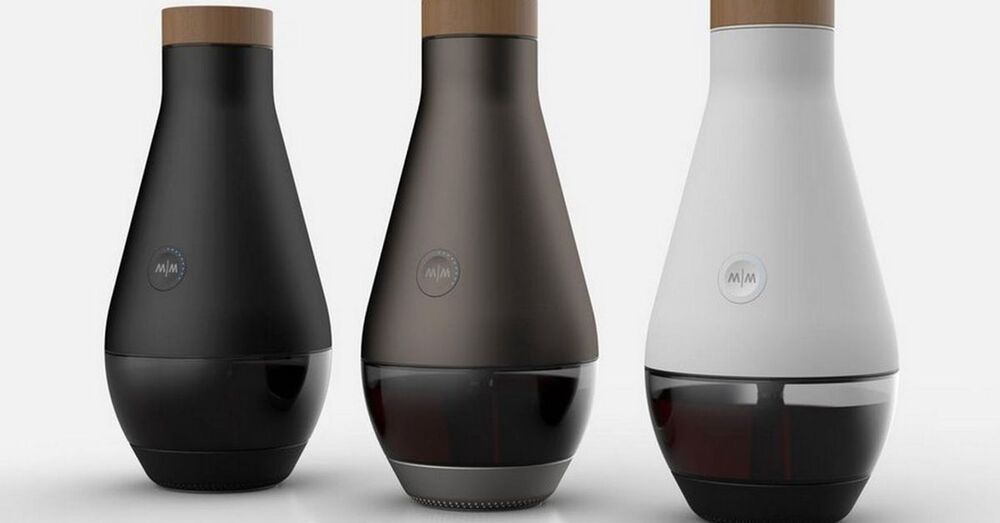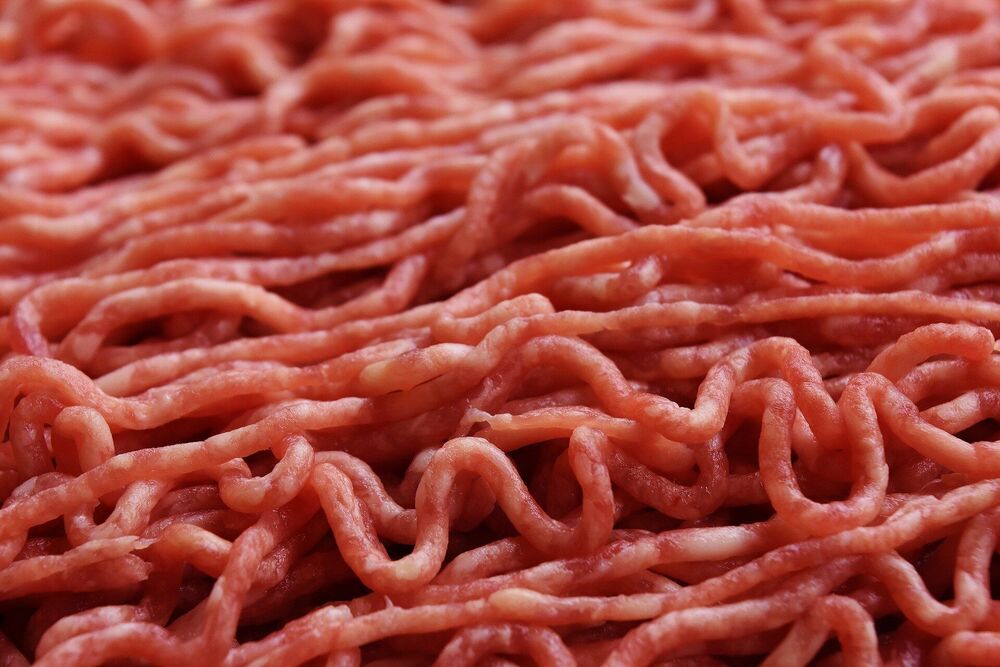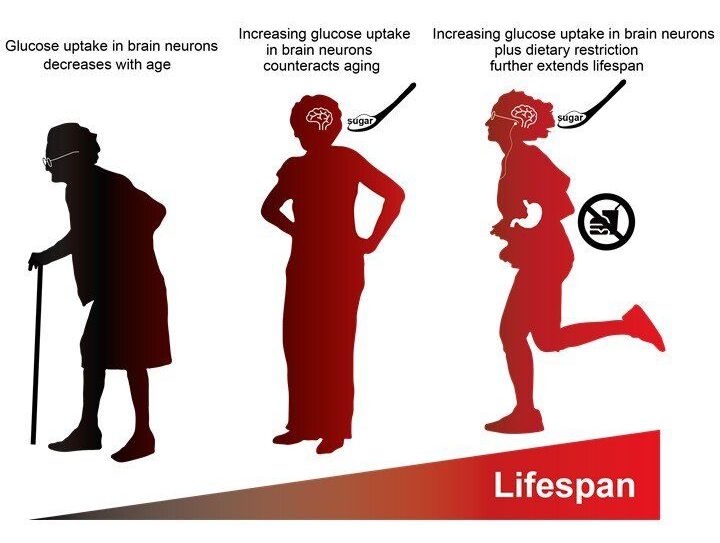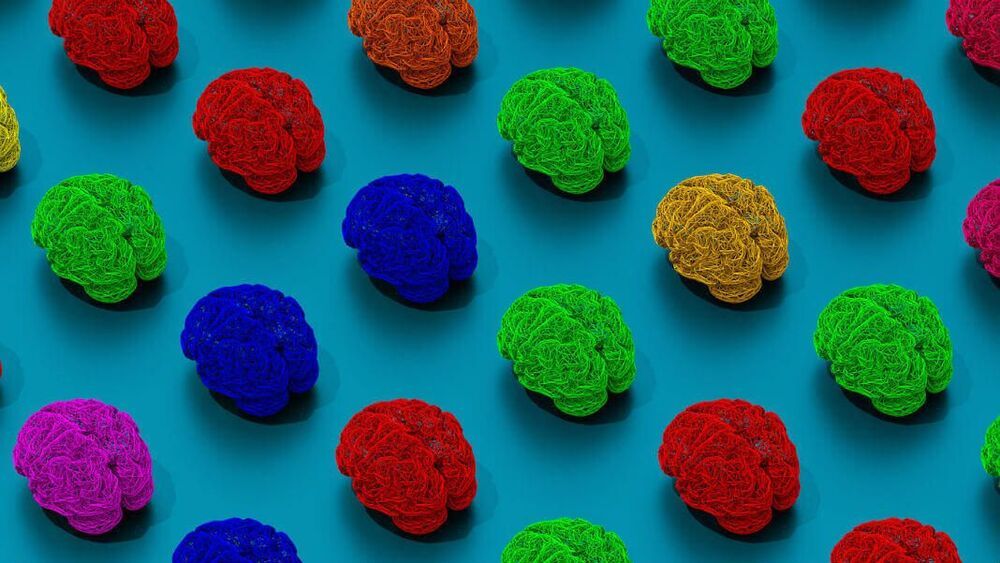
Rather than releasing any new cameras for CES 2021, Canon is doing something different: Letting you take pictures from space. The company has unveiled an [interactive site](https://redefinethelimits.us/space/cornerstone/experience) that allows you to use its CE-SAT-1 satellite, equipped with a lightly modified 5D Mark III DSLR, to grab simulated photos of locations including New York City, the Bahamas and Dubai.
Canon launched the wine barrel-sized microsatellite back in June of 2017. It holds an EOS 5D Mark III camera that’s fitted with a 40 cm Cassegrain-type (mirror) 3720mm telescope. Orbiting at a 600 km orbit (375 miles), it provides about a 36-inch ground resolution within a 3×2 mile frame, Canon claims. (By contrast, the world’s highest-resolution satellite, [WorldView-4](https://apollomapping.com/worldview-4-satellite-imagery?gclid=EAIaIQobChMI8pSTqdud7gIVC5_VCh2KjA6NEAAYASAAEgLrT_D_BwE), can resolve down to 12 inches.) It also houses a PowerShot S110 for wider images.
Take ‘photos’ of Earth from space with Canon’s 5D Mark III camera.
Canon.
The interactive demo allows you take images from multiple locations, with each shot showing the location and altitude of the image. However, it uses pre-captured imagery, so you’re not actually grabbing live or unique photos. If it was live, CE-SAT-1 would be zipping around the Earth at nearly 17, 000 miles per hour, circling the globe in just over an hour and half. The demonstration does give you a feel for the satellite’s capabilities and resolution, however.
The experience is narrated by astronaut Marsha Ivins, who explains the satellite’s purpose and design. The microsatellites are much smaller and cheaper than regular satellites, and Canon hopes to build a [billion dollar business](https://en.canon-elec.co.jp/space/) around them by 2030. After launching the CE-SAT-1 in 2017, Canon attempted to launch an updated [CE-SAT-1B](https://www.engadget.com/watch-rocket-lab-canon-satellite-launch-191456033.html) last summer. However, it was lost when RocketLab’s Electron rocket [failed](https://www.engadget.com/rocket-lab-13th-mission-failure-142717244.html) shortly after launch.
